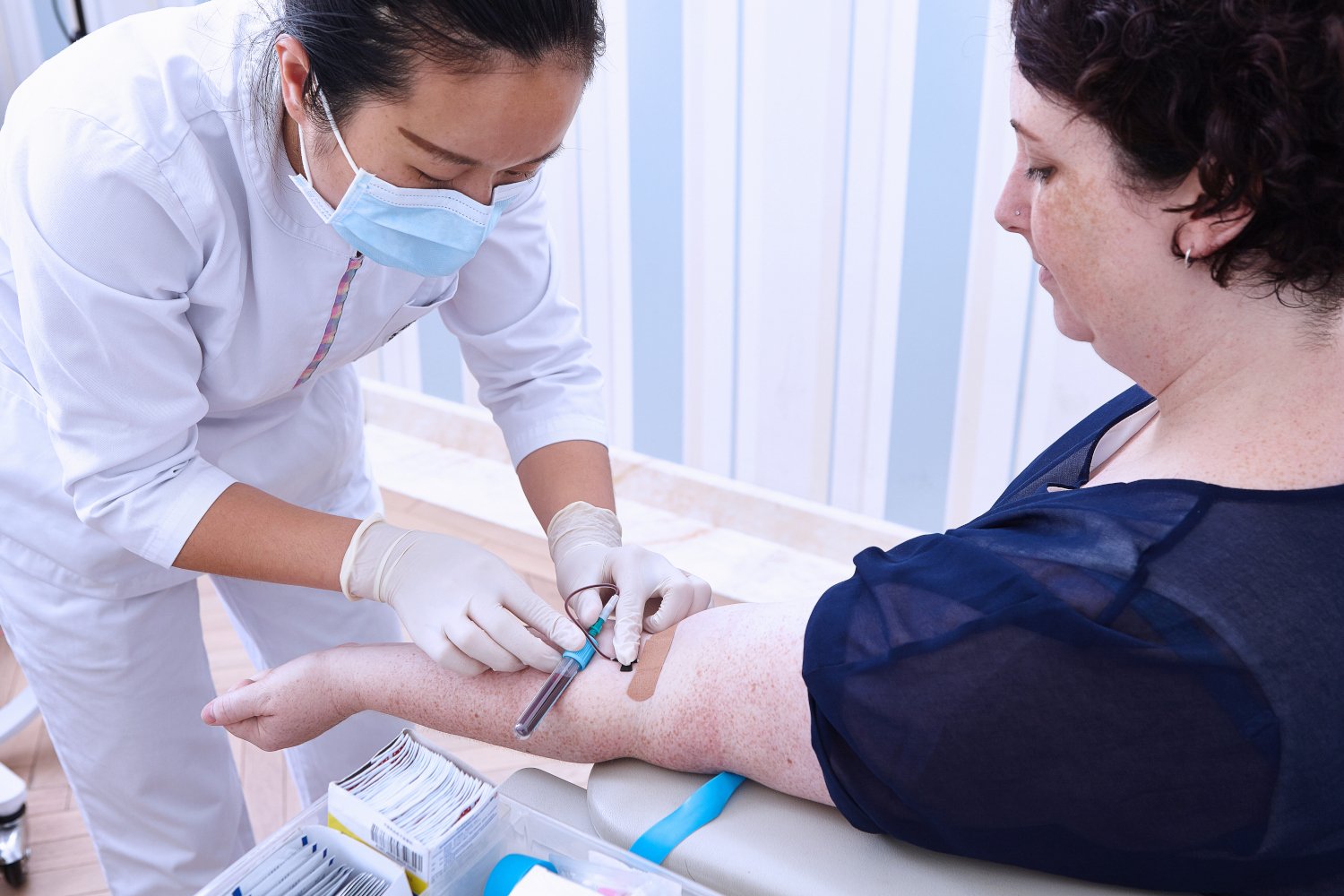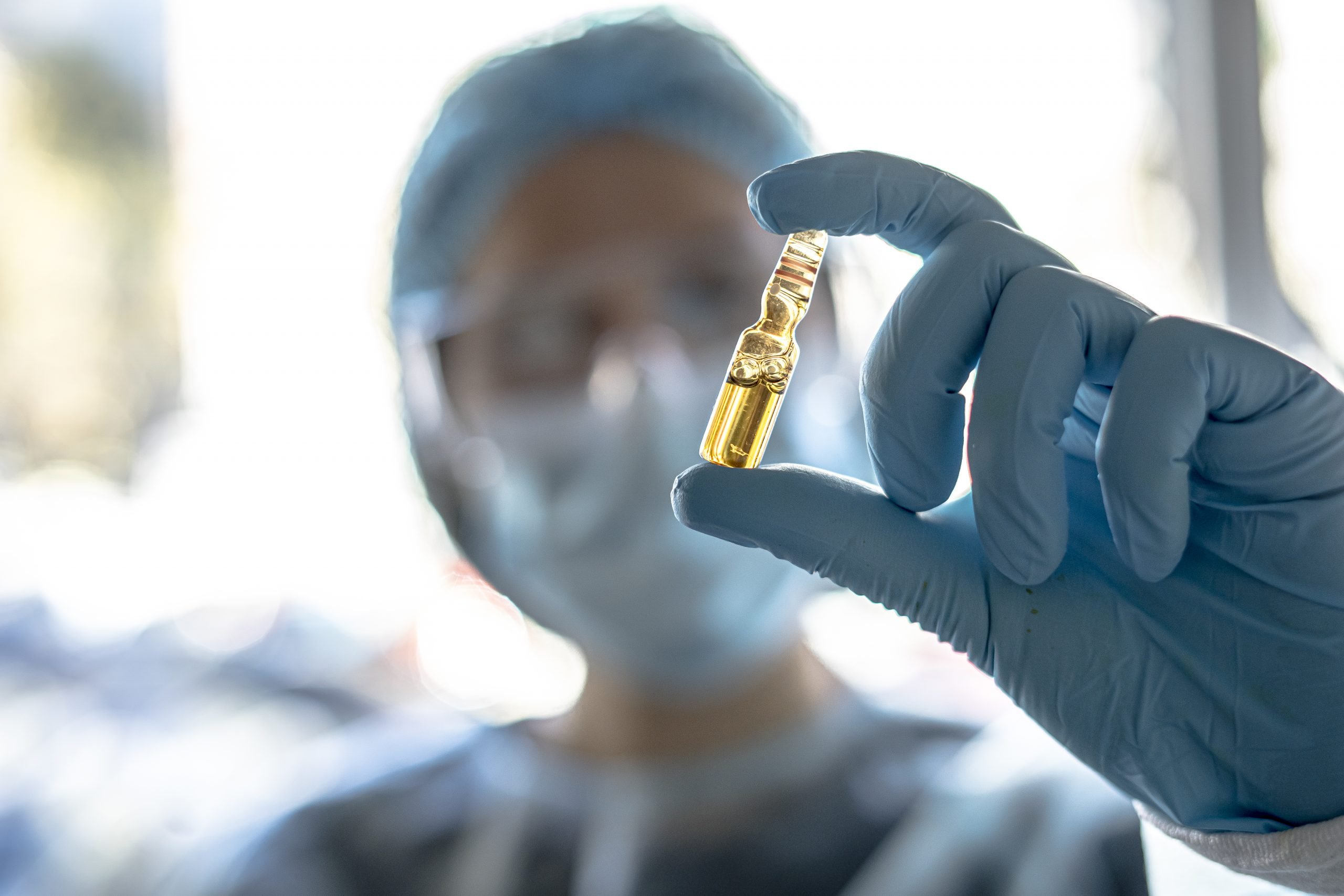If you have depression, or another mental condition, that has been resistant to other forms of treatment, you may be considering trying TMS or ketamine therapy. Not everyone experiences relief after trying their first antidepressant, and some people go through multiple medications and forms of treatment and still struggle with their depression. Finding the treatment that works for you can be a slow process of trial and error. TMS and ketamine are alternative treatment options for individuals with treatment-resistant depression, as well as a variety of other conditions, including anxiety, OCD, PTSD, and some forms of chronic pain. Both of these treatments are unique in that they can provide relief that lasts well after the treatment is over. Bespoke Treatment offers both ketamine and TMS treatment at a number of clinics in California and Arizona.
If you’re wondering which one you should try first, the answer isn’t the same for everyone. If you’re considering trying one of these treatments with Bespoke Treatment, one of our mental health professionals will conduct an evaluation to help you determine which treatment may be best for you. There might be a specific factor, such as insurance coverage or medication interactions, that makes TMS or ketamine more suitable to try first. The first step to making that decision is understanding the differences between the two.
What is ketamine therapy?
Ketamine has been used in the medical field as an anesthetic since 1970, and has been studied as a treatment for depression since the early 2000s. Research shows that ketamine can offer depression relief when other standard antidepressant medications fail. This is because its mechanism of action within the brain is fundamentally different from other medications. While most medications need to build up within the body before they start working, ketamine almost immediately begins altering your neurotransmitter activity after the first use. Additionally, there is some evidence suggesting that ketamine may be able to increase neuroplasticity, which may contribute to its lasting relief.
There are four main types of ketamine treatment: infusions and nasal spray. Ketamine IV infusions involve receiving the ketamine dose intravenously, while ketamine IM injections involve anywhere from 1-3 intramuscular injections per session, depending on the individual’s response to the first injection. The esketamine or s-ketamine nasal spray, also known as Spravato, is FDA-approved as a depression treatment, and can be self-administered, although sessions still occur in a clinic so you can be monitored by health professionals. Finally, we offer RDTs (rapid dissolve tablets), which are an oral formulation that can be done either at the clinic, or at home via HIPAA compliant remote monitoring.
What is TMS?
TMS stands for transcranial magnetic stimulation. It is a non-invasive treatment that involves sending magnetic pulses through the scalp in order to activate neurons in a specified area of the brain. When used as a treatment for depression, the area of the limbic system known to be related to depression is targeted.
TMS has been used as a measurement tool in clinical trials for over 35 years. Research on its efficacy as a treatment for depression began in the 1990s, and it has been FDA-approved as a depression treatment since 2008. In clinical practice, about 50% of patients who were previously unsuccessful with other forms of treatment experienced an improvement in symptoms after TMS.
Now let’s take a look at the major differences between ketamine and TMS.
How long is the treatment?
Ketamine treatment can vary depending on the form of ketamine. For ketamine infusion, patients receive 2-3 sessions per week over the course of 3-4 weeks for a total of 8 infusions. The full dosage is administered incrementally, so one session usually takes 75-120 minutes. Additional booster infusions can be administered as needed.
With Spravato, a typical treatment consists of two sessions per week for one month, and one session per week for a second month. Additional sessions can be scheduled after the second month; usually patients continue to have one session every week or every other week as needed.
With a typical TMS treatment, patients undergo TMS sessions once a day, five days per week, for six weeks. Your personal treatment may be altered slightly to fit your schedule, and additional sessions can be scheduled after the initial 30 sessions.
When does the treatment start working?
Each individual will start to feel relief at a different time, but typically patients respond to ketamine treatment after the first 2 or 3 infusions or sessions. Patients may continue to experience relief for multiple weeks to months after treatment. One of the biggest advantages of ketamine over other types of antidepressant treatment is the speed at which it works.
TMS typically isn’t as immediate as ketamine in symptom relief. On average, patients begin to feel a change in their symptoms after the 15th TMS session, but some patients don’t experience relief until the end of the treatment. Additionally, effects tend to last longer, as most patients continue to have relief for many months or years after treatment.
What are the side effects?
As a treatment for depression and other mental conditions, ketamine is administered at low doses. The most commonly reported side effects of ketamine treatment are an elevated heartbeat, nausea, slight muscle tremors, and dissociative feelings or hallucinations. These are typically mild and last no longer than 4 hours after the treatment session.
The side effects of TMS are minimal; most patients report feeling a mild tapping sensation on the scalp during treatment, as well as dizziness or lightheadedness that subsides shortly after treatment.
For your safety, you must have someone else drive you home from ketamine and TMS sessions at a Bespoke Treatment clinic, and there will always be a health professional with you to monitor your response to treatment.
Can I continue taking my current medication?
Ketamine has some interactions with certain kinds of psychiatric medications, so you may not be able to continue your current medication once you start ketamine therapy. There is somewhat of a debate between scientists concerning whether or not the medication lamotrigine hinders the effectiveness of ketamine therapy.
TMS doesn’t have any drug interactions, so it’s safe to continue your current antidepressants or other medication during TMS.
What will my insurance cover?
The esketamine nasal spray is FDA-approved and therefore more likely to be covered by your insurance than ketamine infusions. Your eligibility for coverage depends on your medical history and your plan. Typically, insurance companies will cover part of the ketamine treatment cost. Depending on your clinical profile, sometimes the RDTs may additionally be prescribed in the PHP or IOP as part of your treatment plan.
Similarly, some insurance companies will cover part or all of the cost of TMS treatment, depending on your plan and the number of medications you’ve tried in the past.
Should I start with ketamine or TMS?
People who come to us often wonder if they should try ketamine or TMS first. We tend to see the most favorable results when people do both ketamine and TMS at the same time. This is because they have synergistic effects with one another: the ketamine is able to prime the brain for growth with immediate synaptogenesis, and it does so quickly. The ketamine acts as a fantastic platform for the brain to take in new information and neurobiological signals, and then TMS can serve to further increase neuroplasticity and BDNF after ketamine administration. While there have not been many large-scale clinical trials examining the particular efficacy of the combination of TMS and ketamine, our team has been combining the treatments for years and has seen most patients enter into complete remission with this strategy. One recent study published in 2020 found that out of 28 participants, 100% of them achieved complete remission with the combination of TMS and ketamine.
If you’re considering TMS or ketamine treatment, make an appointment with one of our professionals to get started. We conduct thorough evaluations and offer personalized treatment plans to find the best possible treatment for our patients.


























